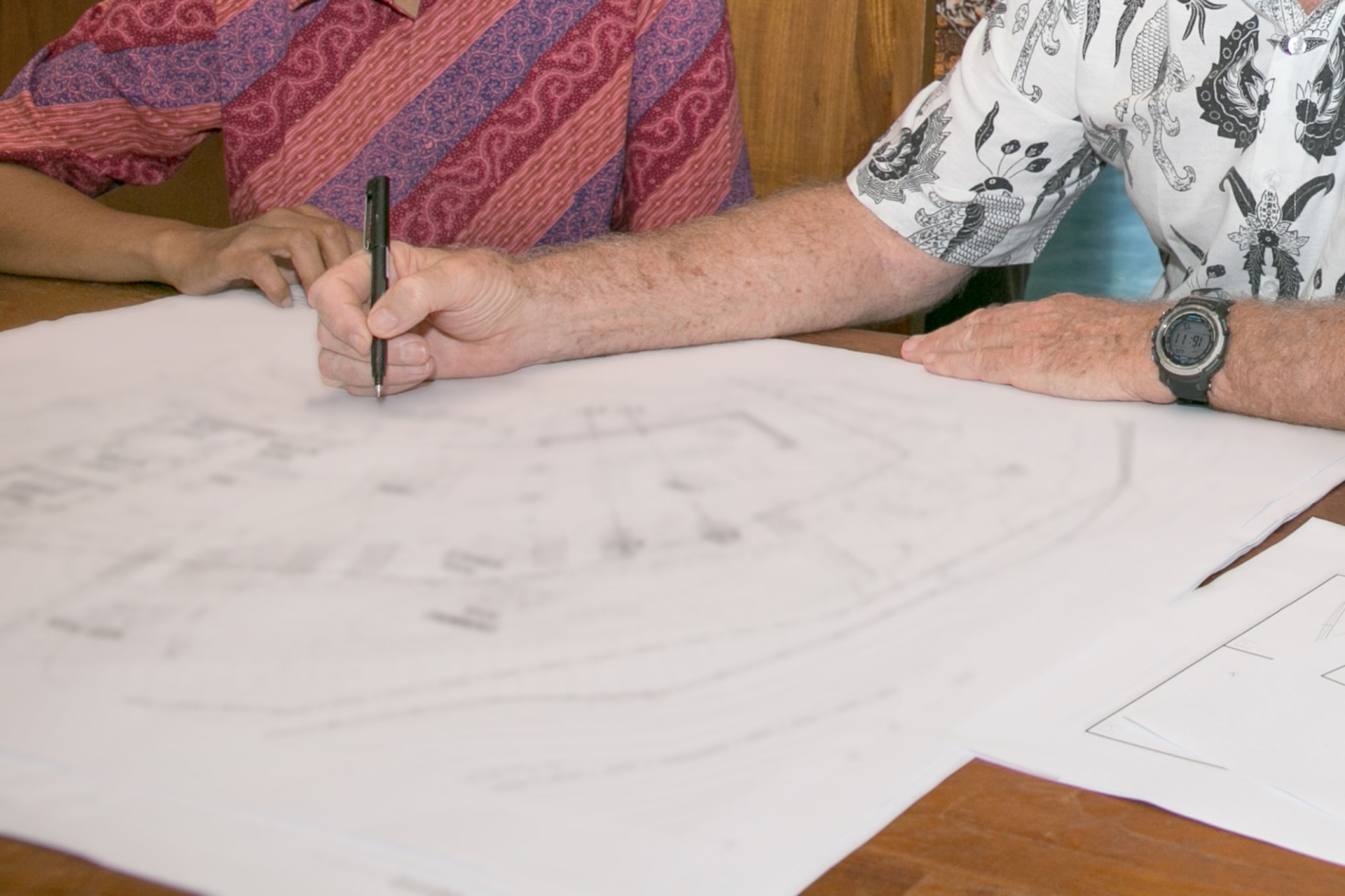Common Misconceptions About NDIS and Disability Support
Understanding NDIS and Disability Support
The National Disability Insurance Scheme (NDIS) is a cornerstone of support for many Australians living with disabilities. Despite its wide-reaching impact, there are several misconceptions about what the NDIS entails and how it functions. These misunderstandings can lead to confusion and hinder individuals from accessing the support they need. In this blog post, we'll address some of the most common misconceptions surrounding the NDIS and disability support.

Misconception 1: NDIS is Only for Physical Disabilities
One prevalent misconception is that the NDIS only supports those with physical disabilities. In reality, the NDIS covers a broad spectrum of disabilities, including intellectual, sensory, cognitive, and psychosocial disabilities. The scheme is designed to cater to the diverse needs of participants, ensuring they receive tailored support to improve their quality of life.
By understanding this, individuals with non-physical disabilities can feel encouraged to explore their eligibility for NDIS support. It is crucial for potential participants to know that the scope of the NDIS is comprehensive and inclusive of various disability types.
Misconception 2: NDIS Funding is Automatic
Another common misconception is that once someone is deemed eligible for the NDIS, they will automatically receive funding. However, this is not the case. The process involves developing an individualized plan that outlines the specific supports and services required by the participant. It's important to note that funding is allocated based on this personalized plan and not given as a lump sum.

Participants work closely with planners to determine their needs and goals, which then informs the level of support they receive. This tailored approach ensures funding is used effectively, providing meaningful outcomes for individuals.
Misconception 3: NDIS Replaces All Other Support Services
Some people believe that once they enter the NDIS, they no longer have access to other support services. This misconception can lead to unnecessary stress and confusion. The NDIS is designed to complement existing services, not replace them. Participants can still engage with health services, community programs, and other forms of support alongside their NDIS plan.

Understanding this aspect of the NDIS encourages individuals to maintain their existing support networks while benefiting from additional services through their NDIS plan. It highlights the importance of a holistic approach to disability support.
Misconception 4: The NDIS is Only for Young People
While it's true that the NDIS places a strong emphasis on supporting children and young people with disabilities, it is not exclusively for them. The scheme is available to eligible Australians aged under 65 years at the time of application. This ensures that adults with disabilities also have access to essential support services tailored to their unique needs.
The misconception that the NDIS is only for young people can prevent adults from exploring their eligibility and receiving necessary assistance. It's vital to spread awareness that the scheme accommodates a wide age range, enabling adults to access tailored support.
Conclusion
Dispelling these common misconceptions about the NDIS and disability support is essential for ensuring that individuals can make informed decisions about their care and access the resources available to them. By spreading awareness and providing accurate information, we can help create a more inclusive and supportive environment for all Australians living with disabilities.
